Workforce Planning 101: Build a Future-Ready Team with the Right Strategy
MP Wired For HR
JUNE 3, 2025
Workforce Planning 101: Build a Future-Ready Team with the Right Strategy June 3rd, 2025 Share on Facebook Share on Facebook Share on LinkedIn Share on LinkedIn Workforce Planning for HR Leaders: Build a Smarter, More Agile Team In todays volatile job market, workforce planning is no longer a nice to haveits mission-critical.















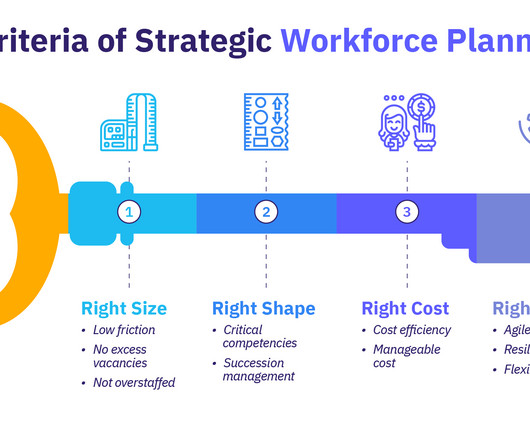












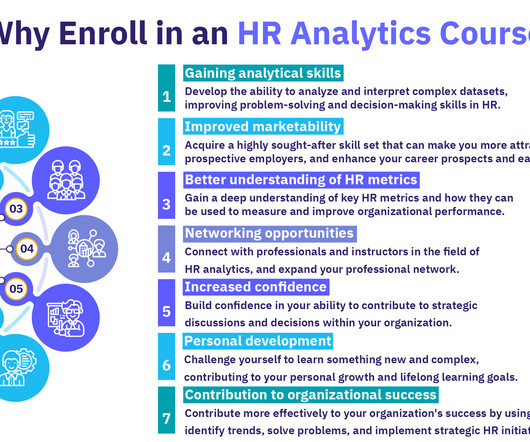









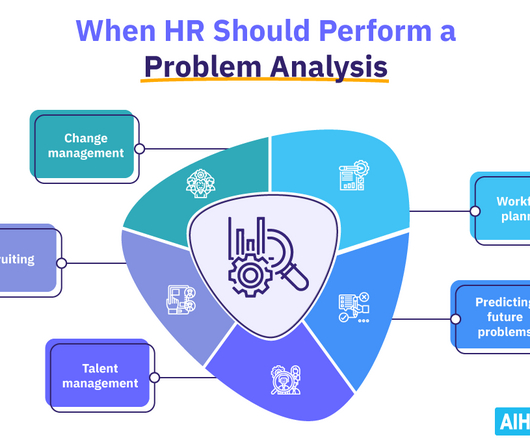

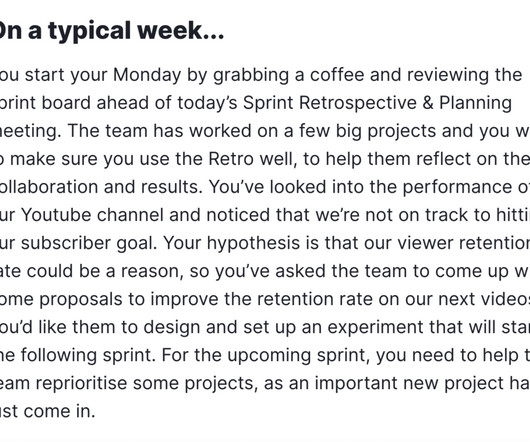


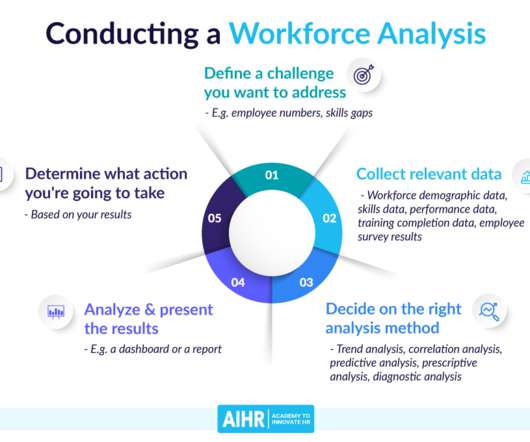











Let's personalize your content